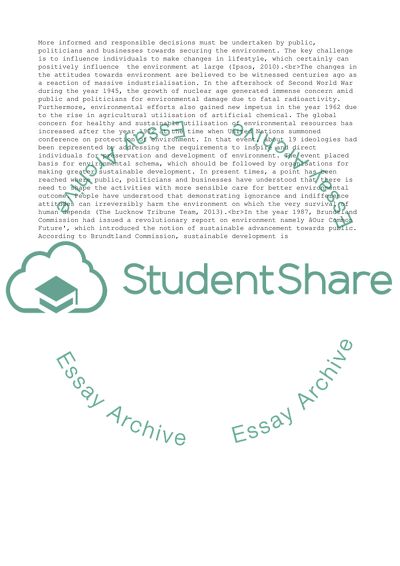Cite this document
(Environmental Debate Essay Example | Topics and Well Written Essays - 5000 words, n.d.)
Environmental Debate Essay Example | Topics and Well Written Essays - 5000 words. https://studentshare.org/business/1823573-environmental-debate
Environmental Debate Essay Example | Topics and Well Written Essays - 5000 words. https://studentshare.org/business/1823573-environmental-debate
(Environmental Debate Essay Example | Topics and Well Written Essays - 5000 Words)
Environmental Debate Essay Example | Topics and Well Written Essays - 5000 Words. https://studentshare.org/business/1823573-environmental-debate.
Environmental Debate Essay Example | Topics and Well Written Essays - 5000 Words. https://studentshare.org/business/1823573-environmental-debate.
“Environmental Debate Essay Example | Topics and Well Written Essays - 5000 Words”. https://studentshare.org/business/1823573-environmental-debate.


